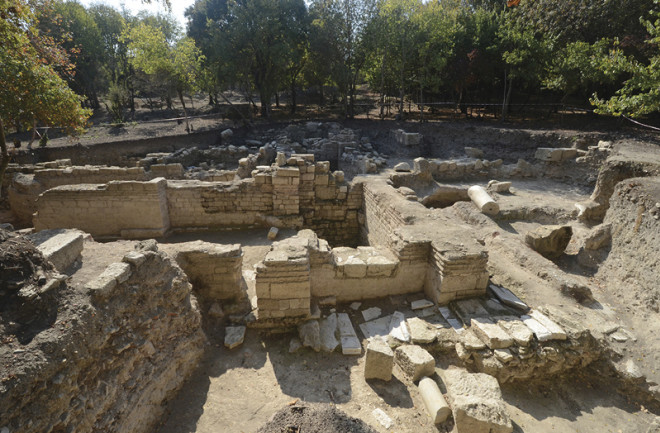The Secrets Beneath a Suburb
Experts are uncovering millennia of history under a Turkish megacity’s outskirts.
Oct 11, 2017 5:00 AMNov 12, 2019 6:51 AM

A view of an imperial building from the late Roman period, which lasted roughly A.D. 250 to A.D. 450. | Haldun Aydinguyn
Newsletter
Sign up for our email newsletter for the latest science news
0 free articles left
Want More? Get unlimited access for as low as $1.99/month
Stay Curious
Sign up for our weekly newsletter and unlock one more article for free.
View our Privacy Policy
Want more?
Keep reading for as low as $1.99!
Already a subscriber?
Find my Subscription
More From Discover
Stay Curious
Subscribe
To The Magazine
Save up to 40% off the cover price when you subscribe to Discover magazine.
Copyright © 2025 LabX Media Group
